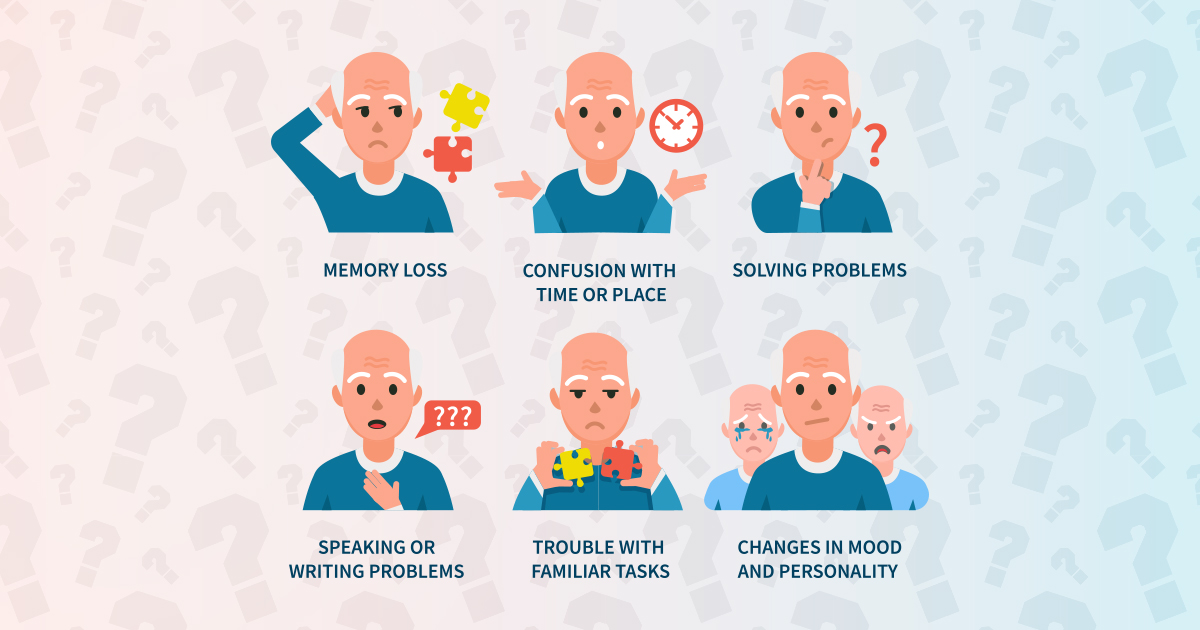
Parkinson’s disease (PD) is a neurological disorder that affects millions worldwide, with its hallmark symptoms of tremors, stiffness, and impaired balance. Despite its prevalence, understanding PD remains a challenge due to its multifaceted nature. In this article, we’ll delve into the causes, symptoms, and treatment options for Parkinson’s disease, shedding light on this complex condition.
Understanding Parkinson’s Disease:
Parkinson’s disease is primarily characterized by the progressive degeneration of dopamine-producing neurons in the substantia nigra, a region of the brain responsible for movement control. Dopamine is a neurotransmitter involved in regulating movement and emotional responses. The loss of dopamine-producing neurons leads to a shortage of dopamine, resulting in the motor symptoms associated with PD.
Causes of Parkinson’s Disease:
While the exact cause of Parkinson’s disease remains elusive, researchers believe that both genetic and environmental factors play a role in its development. Some individuals may have a genetic predisposition to PD, with specific gene mutations increasing their susceptibility. Environmental factors such as exposure to toxins or certain pesticides have also been linked to an increased risk of developing PD.
Symptoms of Parkinson’s Disease:
Parkinson’s disease manifests through a range of motor and non-motor symptoms, which can vary in severity from person to person. The primary motor symptoms of PD include:
- Tremors: Involuntary shaking of the hands, arms, legs, jaw, or face, especially at rest.
- Bradykinesia: Slowness of movement, making simple tasks like walking or getting up from a chair challenging.
- Rigidity: Stiffness and inflexibility of the limbs and trunk, often leading to muscle pain and difficulty with mobility.
- Postural instability: Impaired balance and coordination, increasing the risk of falls and injuries.
In addition to motor symptoms, Parkinson’s disease can also cause non-motor symptoms such as:
- Depression and anxiety
- Cognitive impairment and dementia
- Sleep disturbances
- Constipation
- Loss of sense of smell (anosmia)
Diagnosis and Treatment Options:
1. Medications:
Dopamine agonists: These medications mimic the effects of dopamine in the brain by binding to dopamine receptors. By stimulating these receptors, dopamine agonists help alleviate motor symptoms such as tremors, rigidity, and bradykinesia. They are often used as an initial treatment or in combination with levodopa.
Levodopa: Levodopa is a precursor to dopamine that can cross the blood-brain barrier and be converted into dopamine in the brain. It replenishes depleted dopamine levels, effectively reducing motor symptoms and improving mobility. Levodopa is often considered the most effective medication for managing Parkinson’s disease symptoms.
MAO-B inhibitors and COMT inhibitors: Monoamine oxidase type B (MAO-B) inhibitors and catechol-O-methyltransferase (COMT) inhibitors work by blocking enzymes that break down dopamine in the brain. By inhibiting the breakdown of dopamine, these medications help prolong the effects of dopamine therapy, allowing for better symptom control and reducing fluctuations in motor function.
2. Deep Brain Stimulation (DBS):
Deep Brain Stimulation is a surgical procedure that involves implanting electrodes into specific areas of the brain, such as the subthalamic nucleus or globus pallidus. These electrodes deliver electrical impulses to modulate abnormal neural activity, effectively reducing motor symptoms associated with Parkinson’s disease. DBS is often recommended for individuals with advanced Parkinson’s disease who experience significant motor fluctuations or medication-related side effects that cannot be adequately controlled with medication alone.
3. Physical and Occupational Therapy:
Physical therapy focuses on improving mobility, balance, and muscle strength in individuals with Parkinson’s disease. Therapists may recommend exercises specifically designed to address gait problems, balance issues, and stiffness. Occupational therapy focuses on helping individuals maintain independence in daily activities such as dressing, eating, and writing. Therapists may suggest adaptive strategies, assistive devices, and modifications to the home environment to enhance function and quality of life.
4. Lifestyle Modifications:
Regular exercise has been shown to have numerous benefits for individuals with Parkinson’s disease, including improved mobility, balance, and overall physical fitness. Activities such as walking, swimming, yoga, and tai chi can help alleviate symptoms and improve quality of life. A balanced diet rich in fruits, vegetables, whole grains, and lean protein can provide essential nutrients to support overall health and well-being. Adequate sleep is also important for individuals with Parkinson’s disease, as sleep disturbances are common and can exacerbate symptoms.
5. Supportive Care:
Counseling and support groups can provide emotional support and coping strategies for individuals living with Parkinson’s disease and their families. Counseling may address issues such as depression, anxiety, grief, and caregiver stress. Support groups offer opportunities for individuals to connect with others facing similar challenges, share experiences, and learn from each other. Caregiver assistance programs can provide practical help with activities of daily living, respite care, and information about community resources and support services.
By combining these treatment options, individuals with Parkinson’s disease can effectively manage their symptoms, improve their quality of life, and maintain independence for as long as possible. Healthcare providers must work closely with patients and their families to develop a personalized treatment plan tailored to their needs and preferences.
Shinon Healthcare stands ready to serve as a trusted medical travel partner, committed to advancing treatment options, increasing awareness, and extending support to individuals battling Parkinson’s disease. Through our collaborative efforts, we aim to pave the way towards a future where those impacted by PD can access enhanced care, enjoy a better quality of life, and ultimately, hold onto hope for a cure. Together, we can make a difference.